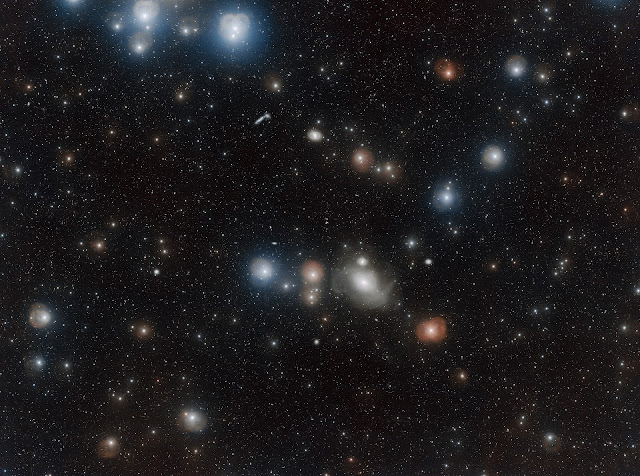Montreal, Quebec, Canada | International Space Station
The city of Montreal, in the province of Quebec in Canada, as seen by European Space Agency (ESA) astronaut Samantha Cristoforetti aboard the International Space Station for her Minerva Mission.
"Hello Canada! Waving down to our Canadian friends today while marveling at this beautiful scenery & metropolitan areas around Toronto, Montreal & Vancouver."
—Samantha
Learn about Samantha's Minerva Mission: https://bit.ly/MissionMinerva
Expedition 67 Crew
Commander Oleg Artemyev (Russia)
Roscosmos Flight Engineers: Denis Matveev and Sergey Korsakov (Russia)
NASA Flight Engineers: Kjell Lindgren, Bob Hines, Jessica Watkins (USA)
European Space Agency (ESA) Flight Engineer: Samantha Cristoforetti (Italy)
An international partnership of space agencies provides and operates the elements of the International Space Station (ISS). The principals are the space agencies of the United States, Russia, Europe, Japan, and Canada. The ISS has been the most politically complex space exploration program ever undertaken.
Learn more about the important research being operated on ISS: https://www.nasa.gov/iss-science
Credit: ESA/NASA-S.Cristoforetti
Image Date: August 23, 2022
Release Date: August 30, 2022
#NASA #Space #ISS #ESA #Canada #Province #Quebec #City #Montreal #Astronaut #FlightEngineer #SamanthaCristoforetti #Minerva #MissionMinerva #Italy #Italia #ASI #Science #Technology #HumanSpaceflight #Expedition67 #Europe #UnitedStates #Russia #Россия #Japan #日本 #International #STEM #Education

%20SamantyhaC-ESA-NASA-ISS-Exp67.png)








